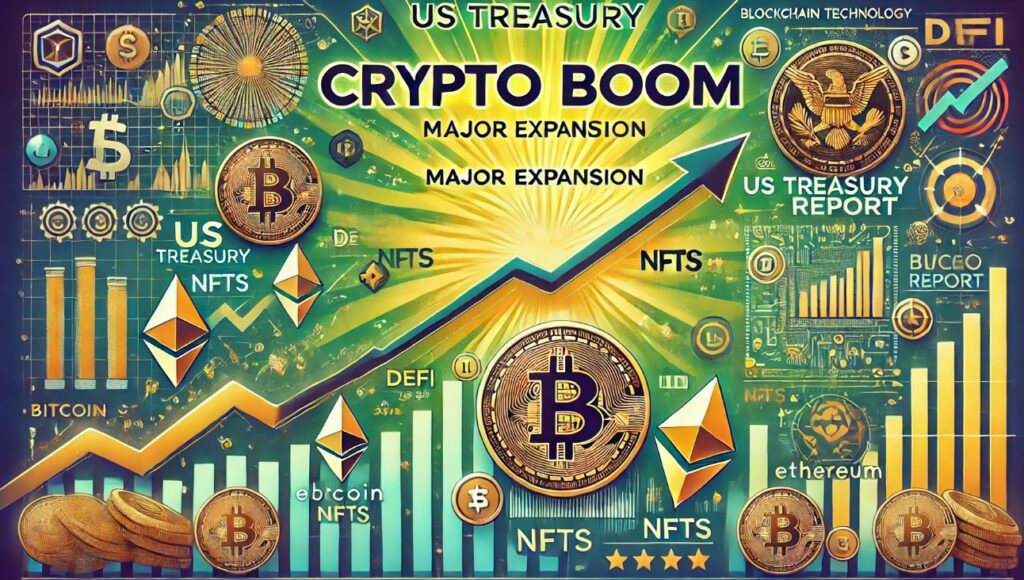In a recent report, the US Treasury Department detailed significant growth in key areas of the crypto ecosystem, highlighting how this expansion has influenced demand for short-term Treasury bills (T-Bills), which are considered a safe investment supported by the United States. government credit.
$120 billion in stable collateral linked to US Treasuries
The Treasury report asserts that digital assets, although still from a small base, have seen rapid growth. This extension includes native cryptocurrencies like Bitcoin and Ethereum, as well as stablecoins.
However, the department notes that despite increased market activity, adoption of cryptocurrencies by households and industry remains limited, primarily for investment purposes.
Notably, the report states that the digital asset market capitalization remains relatively low compared to other financial and real assets. This growth does not appear to have hurt demand for Treasuries, indicating that crypto assets have not yet “cannibalized” traditional safe-haven investments.
The report highlights two main areas of focus for digital assets. First, Bitcoin is increasingly seen as a store of value, often referred to as “digital gold,” in a context of decentralized finance (Challenge).
Second, the report claims that speculation played a significant role in the growth of various digital tokens, including stablecoins, as they quickly gained traction, attracting investors looking for assets with stable and similar characteristics. to those of liquidity.
The US Treasury further states that stable coins have become an integral part of digital asset markets, with over 80% of all crypto transactions involving a stablecoin.
The report estimates that around $120 billion of stablecoin collateral is directly invested in Treasuries, indicating a strong connection between cryptocurrencies and traditional financial sectors.
Tokenization appears to be a game changer in the field of finance
Tokenization – the process of digitally representing assets on a blockchain – has also been identified as a transformative force in the financial sector, particularly with the growth and adoption seen over the past year, with asset managers assets such as BlackRock investing in the sector via Ethereum. blockchain.
The report highlights several benefits of tokenizing U.S. Treasuries, including: improved clearing and settlement, increased transparency, accessibility, liquidity and innovation.
Although the potential benefits of tokenization are considerable, the Treasury report highlights the need for a cautious approach. The department explains that current financial stability risks remain low, given the relatively small size of the tokenized asset market.
However, the report claims that rapid growth and adoption in the tokenization sector could introduce “instability” if not managed properly.
Finally, the report calls for a unified registry or highly interoperable systems to streamline transactions and reduce inefficiencies. This also highlights the importance of a central authority, such as a central bank for the tokenization industry, in terms of regulatory compliance.
At the time of writing, the largest cryptocurrency on the market was trading at $72,790.
Featured image of DALL-E, chart by TradingView.com




